The Crop-lien System
The crop-lien system. In exchange for seeds food tools and other necessities farmers would provide a lien on their crops from the next harvest. Bbecame better as farm prices increased in the 1870s. D rotated the crops he planted from season to season.
The crop-lien system was a credit system that became widely used by cotton farmers in the United States in the South from the 1860s to the 1930s. The crop-lien system was a credit system that became widely used by cotton farmers in the United States in the South from the 1860s to the 1930s. Represented a continuation of the pre-Civil War gang-labor system.
By providing credit until crops were harvested merchants were allowed to charge higher prices for such purchases-usually adding a markup of 20 to 50 percent but in some cases much higher. Under the crop-lien system a southern farmer A paid his farm workers in crops rather than in cash. Usually led to economic independence.
The only ones making profit were the bankers. C harvested his crop with rented machinery. About Press Copyright Contact us Creators Advertise Developers Terms Privacy Policy Safety How YouTube works Test new features Press Copyright Contact us Creators.
Differed sharply from the tenant system. B borrowed against his future crop to buy needed supplies. The crop-lien system and sharecropping contributed to the greater shift in Southern agriculture towards one-crop farming.
The crop-lien system was another way Southerners tried to boost their economy. Under the crop lien system farmers could get fertilizer farming equipment groceries and other goods by giving merchants a lien on their cash crops the most desirable being cotton and tobacco. Sharecropping - system of tenancy.
By the early 1870s the system known as sharecropping had come to dominate agriculture across the cotton-planting South. In the period from Reconstruction to 1900 the crop-lien system helped force many Southern back country farmers in the piney woods and mountains from cash crop commercial farming into a ruggedly independent sort of subsistence farming.
Sharecropping - system of tenancy.
The crop-lien system was a credit system that became widely used by cotton farmers in the United States in the South from the 1860s to the 1930s. The debt was to be repaid after the crop was harvested and brought to market. Farmers had ample land but little money for wages continued workers former slavespoor white farmers with work in cotton cultivation under strict supervision. Sharecroppers and tenant farmers who did not own the land they worked obtained supplies and food on credit from local merchants. Cenabled yeoman farmers to continue to function under the same system as before the Civil War. Aapplied only to African-American farmers. However this system was putting former slaves and land owners into debt. Tenant Farm repays landownermerchand wcrops. However many merchants that provided for this system saw that.
In the period from Reconstruction to 1900 the crop-lien system helped force many Southern back country farmers in the piney woods and mountains from cash crop commercial farming into a ruggedly independent sort of subsistence farming. Bbecame better as farm prices increased in the 1870s. The crop-lien system was a credit system that became widely used by cotton farmers in the United States in the South from the 1860s to the 1930s. Sharecroppers and tenant farmers who did not own the land they worked obtained supplies and food on credit from local merchants. By the early 1870s the system known as sharecropping had come to dominate agriculture across the cotton-planting South. The crop-lien system was a credit system that became widely used by cotton farmers in the United States in the South from the 1860s to the 1930s. The crop-lien system and sharecropping contributed to the greater shift in Southern agriculture towards one-crop farming.
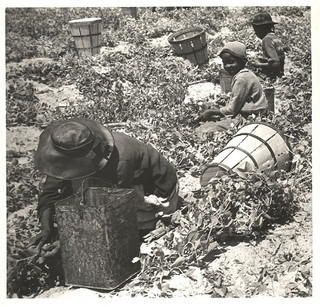
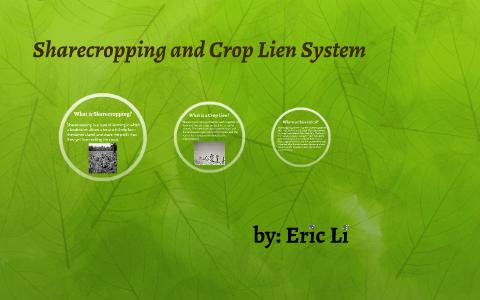






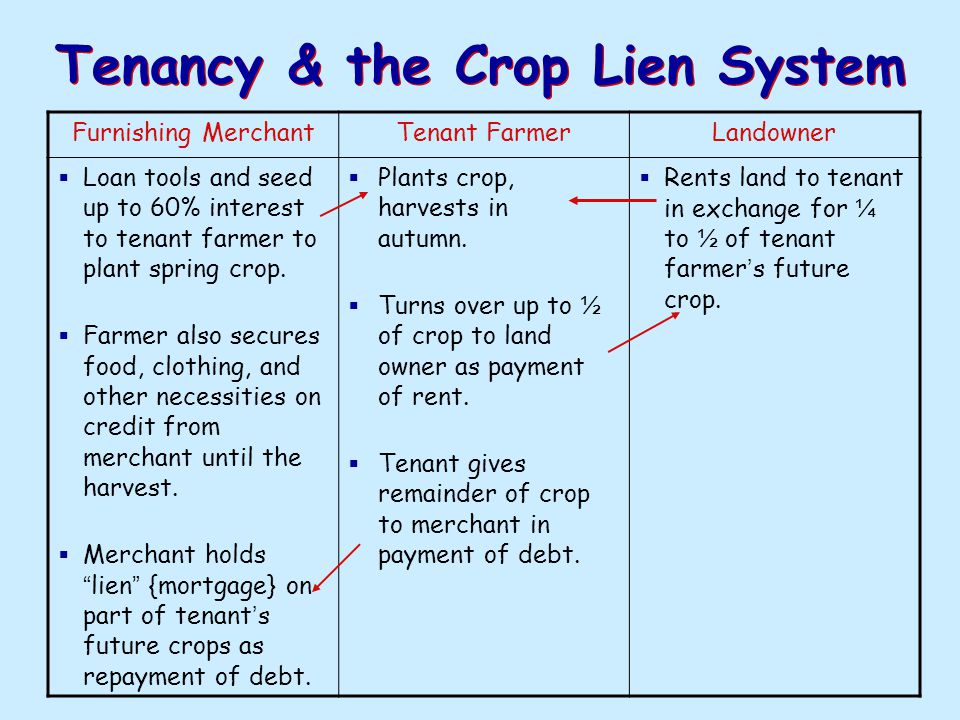


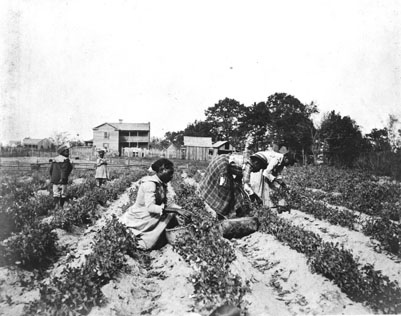
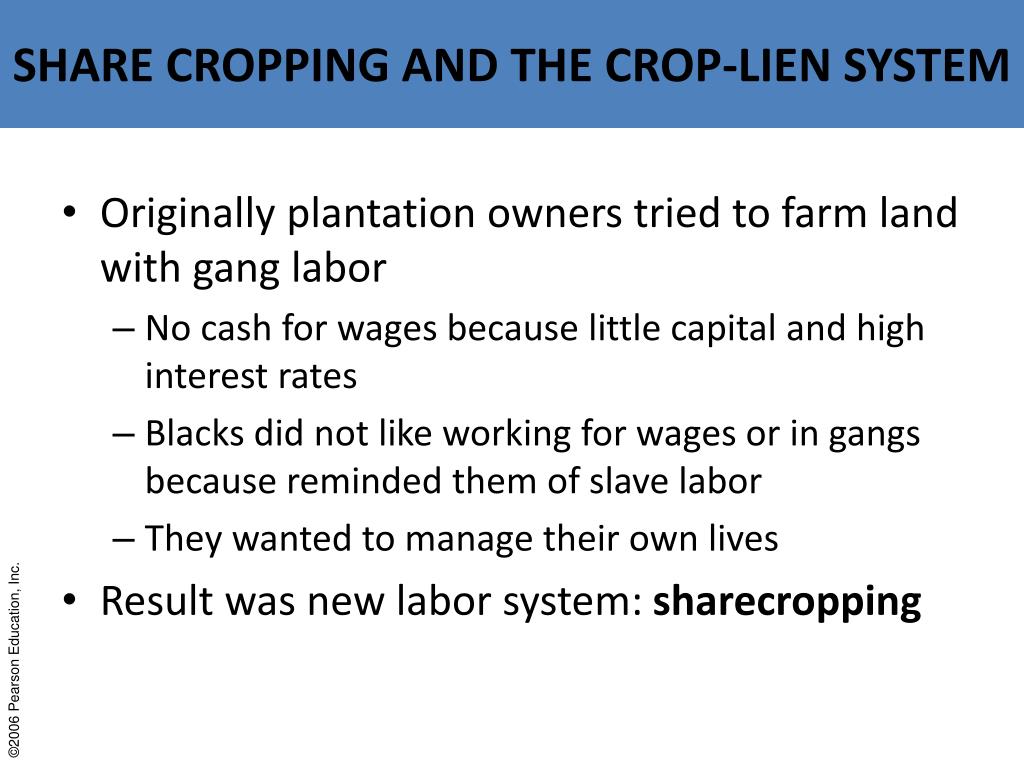











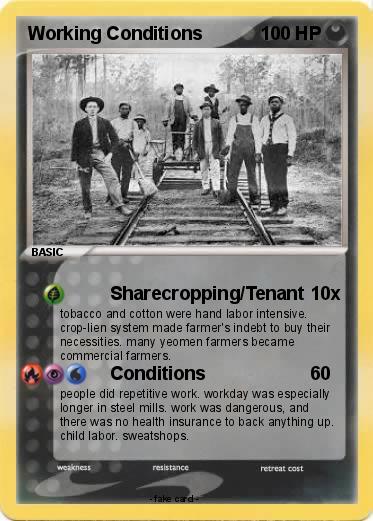
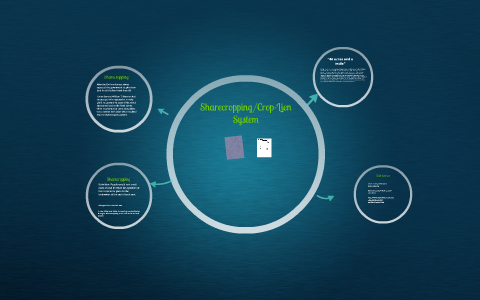

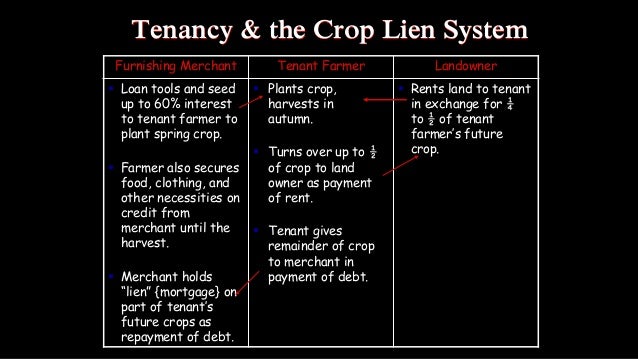




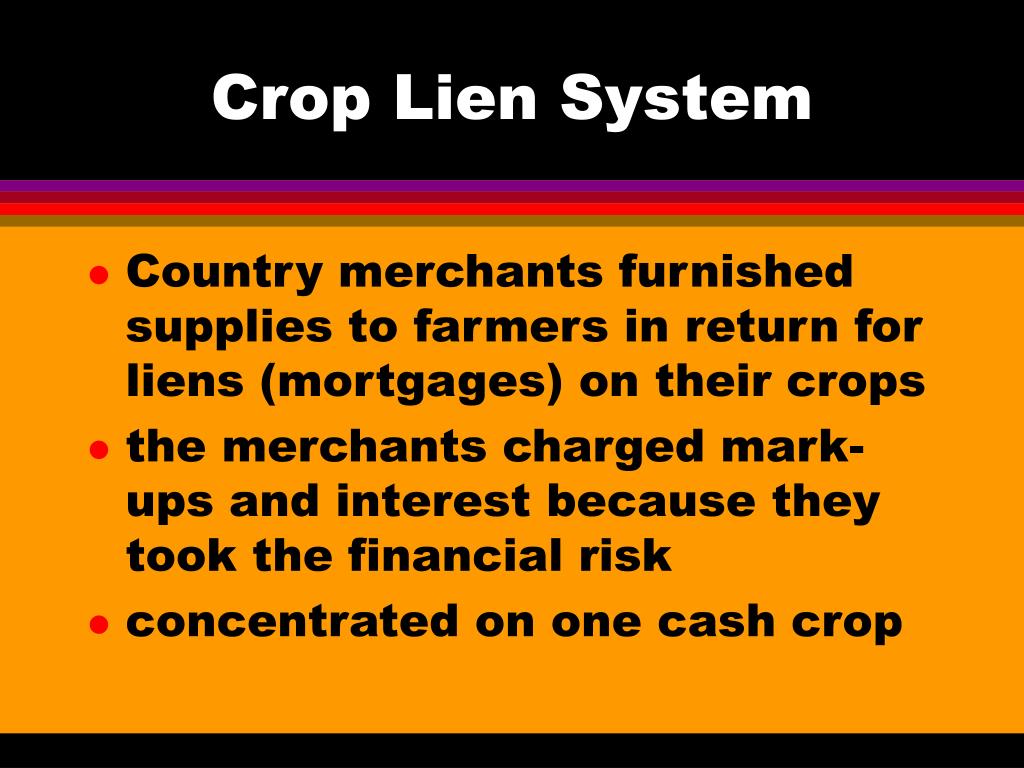





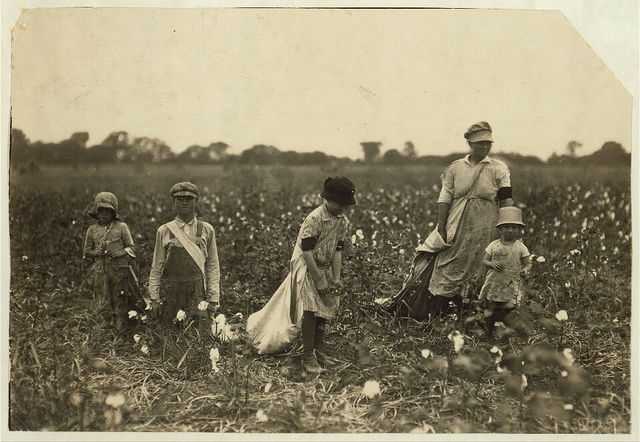


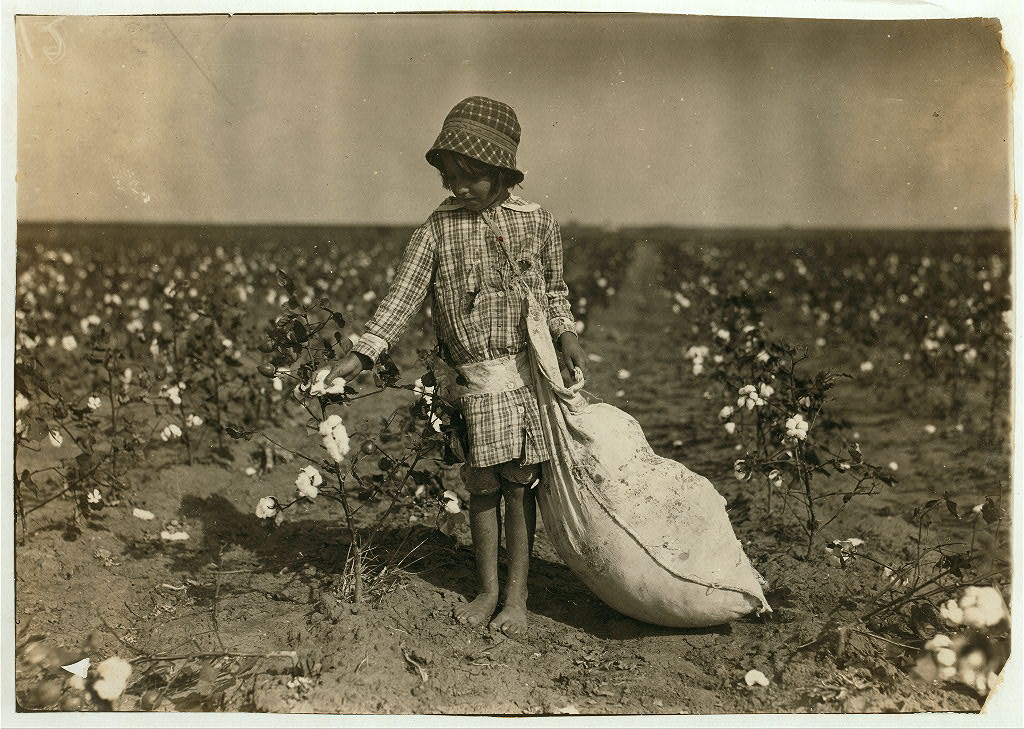
Post a Comment for "The Crop-lien System"